India is a land of different cultures. Performing arts like different Indian classical dance styles are an integral component of our Indian culture. India has several dance forms, coming from every Indian state. In fact, the majority of the Indian classical dance styles originated in temples. As worshipping was the main aim. Though every dance form evolved from different states, their roots are the same. The roots can be traced from the ancient Sanskrit text- ‘Natya Shastra’. As time passed by, artists worked and improvised many classical dance forms which further resulted in the present-day dance forms. Today, classical dance forms of India are popular across the world.
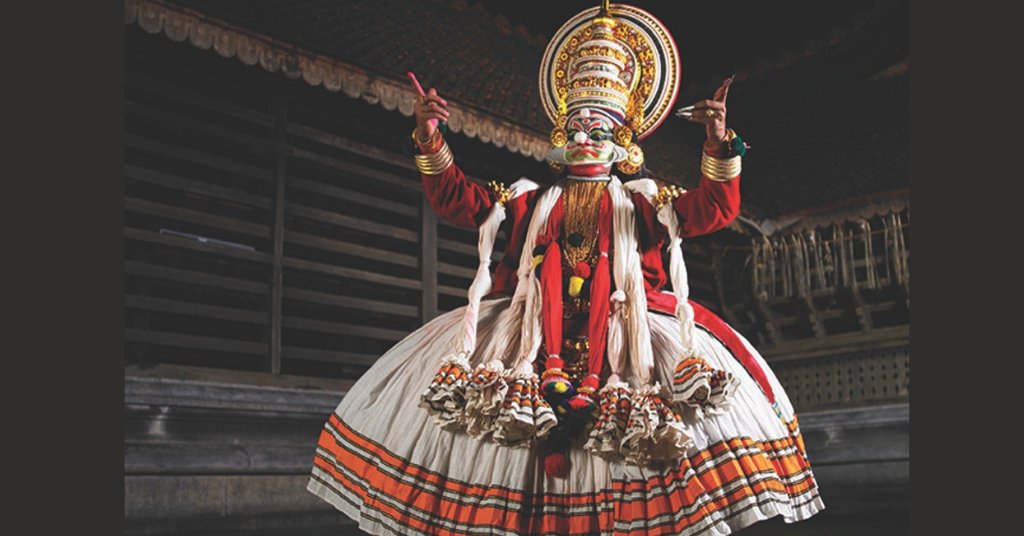
Rasanbhuti- The 8 Rasas
The Rasanbhuti is the overall aim of these dance forms. Natya Shastra focuses on 8 types of Rasas. They have been mentioned below.
i) Shringar- Love
ii) Hasya- Humor
iii) Karuna- Sorrow
iv) Raudra- Anger
v) Veer- Heroism
vi) Bhayanak- Fear
vii) Bibhats- Disgust
viii) Adbhoot- Wonder
We have curated an in-depth guide on different Indian classical dance styles. Let’s take a lot of each of the dance forms in depth.
Related Article: Why Dance is Essential For Kids? Five Ways To Know That!
1. Bharatnatyam
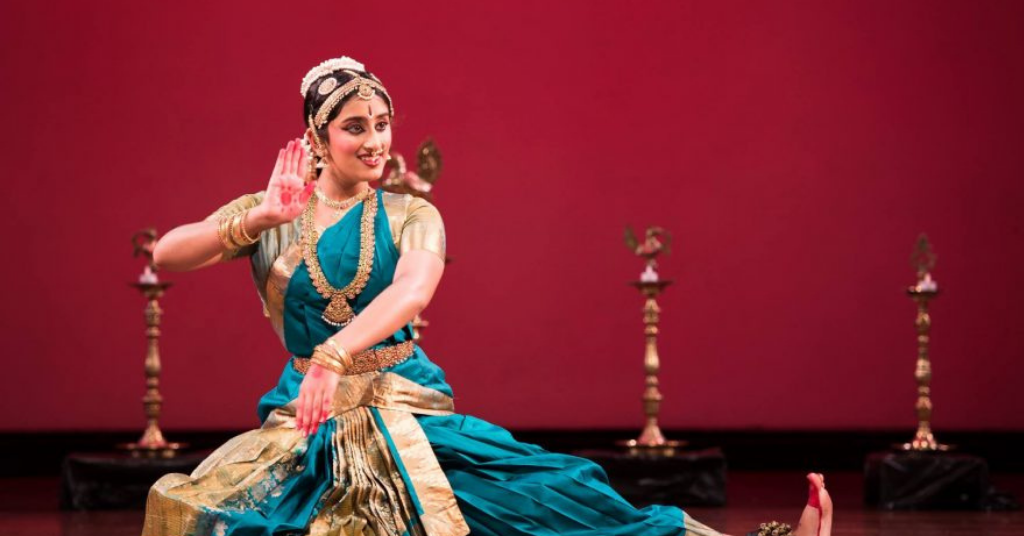
State of Origin- Tamil Nadu, South India
Key Feature– The Bharatnatyam dance style, is well known for its fixed upper torso, bent legs, combined with phenomenal footwork, and an elegant sign language of body gestures including facial expressions.
A famous Indian classical dance form that revolves around Bhav, Rag, Ras, and Taal. Also called ‘Sadir’, this dance form was earlier performed by Devadasis in Hindu Temples of South India. Perhaps, also known as ‘Dasiattam’. Initially, Bharatnatyam developed in the Tanjore and other regions of South India, predominantly Tamil Nadu. In fact, this could possibly be the oldest dance form of India as it is around 2,000 years old. Bharatnatyam follows and reflects on the true essence of Natya Shastra. Abhinaya Darpan and Sangeet Ratnakar will help in framing an understanding of the technique and grammar of body movements. In order to understand and master this dance form, it is necessary to understand the meaning of the word “Bharatnatyam”, where-
i) Bha- means emotions
ii) Ra- means musical notes
iii) Ta- means the rhythm
Natyam- is the Sanskrit meaning for Drama.
Hence, Bharatnatyam is known for its versatile body movements and gestures that are called Mudras. It lays a special emphasis on the hand gestures, leg movement, and facial expressions of the dancer. It has been prevalent before the British era. Moreover, India has kept this dance form alive and today it is considered one of the most respected dance forms in India, especially in the Southern region of the country.
2. Kathak
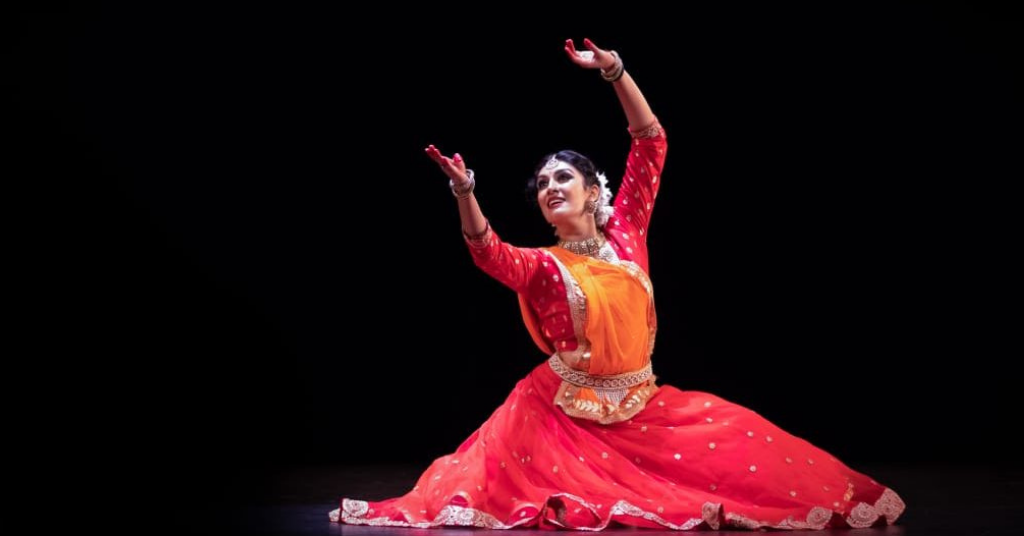
State of Origin- Uttar Pradesh, North India
Key Feature- Kathak dance form is well characterized by spectacular footwork and precise rhythmic patterns that the dancer can control using around 100 ankle bells.
The graceful dance of North Indian origin is also called ‘Kathaa’ ‘Kahe’ hence, the one who tells stories is called ‘Kathakaar’ or ‘Kathak’. Popularly called ‘Natwari Nrutya’. Kathak is one of the most beautiful dance forms in India. The themes of this dance form revolve around the popular stories of Ramayan, Mahabharat, and Krishna. Whether it’s a solo performance or a group, the perfect synchronization can steal anyone’s heart. The 4 main gharanas or, schools of Kathak dance consists of the following-
i) Jaipur
ii) Raigarh
iii) Lucknow
iv) Benaras
All these schools are named after the geographical location in which they developed. Kathak primarily focuses on the ankle movements that are complemented well by the ankle bells and it has to match the beats of the music. Hence, commonly called ‘ghungroos’, they are an important part of this dance form.
Related Article: Why You Should Invest In Your Kid’s Indian Classical Dance Training
3. Kathakali
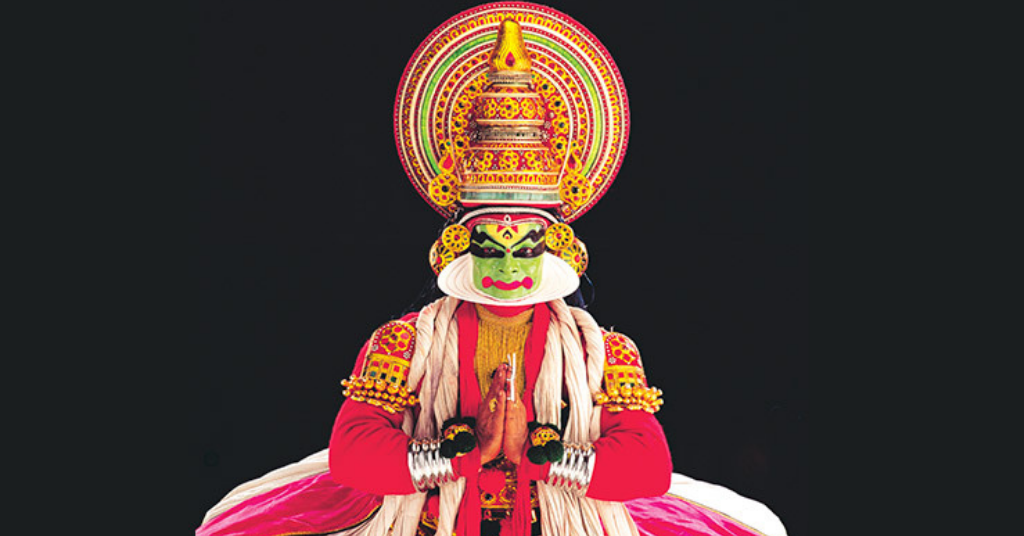
State of Origin- Kerala, South India
Key Feature- Kathakali is an intriguing art that has evolved from many social and religious theatrical forms which existed in the southern region in ancient times. Chakiarkoothu, Koodiyattam, Krishnattam andRamanattam are a few of the ritual performing arts which have had a direct influence on Kathakali in its form and technique.
Kathakali is one of the most dazzling classical dances of Kerala. ‘Katha’means story or a tale, ‘Kali’ means performance and art. The roots of this dance form lie in the ancient ‘Kutiyattam’ ( a classical Sanskrit drama) and ‘Krishnattam’ ( Dance-Drama depicting stories of Lord Krishna). The dance movements of Kathakali are influenced by ancient martial arts. Therefore, it is actually a dance drama. When compared to other classical dance forms, Kathakali, developed in the courts and theatres of the Hindu principalities. Traditional Kathakali dance performances used to last for a long period of time right from dusk to dawn. However, as times changed the modern dance presentations were reduced to a shorter time span. The Kerala Kalamandalam is the main center for Kathakali performers. The main themes around which this dance form is built comprise of the following-
i) Mythological Themes including Ramayan, Mahabharat, and Bhagvat Purana.
ii) However, modern-day Kathakali performers lay a special focus on the stories revolving around Shakespeare.
One factor that surely sets this dance apart from its counterparts is the costume and the make-up. The Kathakali dance form comprises fascinating face movements and heavy costumes including traditional face masks and body paint which is generally green in color. Apart from costume and makeup, the dance also includes vocals ls known as Soppanam. Witness the epic storytelling magic, showcasing both the evil and good through an immersive conversation between the dancers.
4. Manipuri
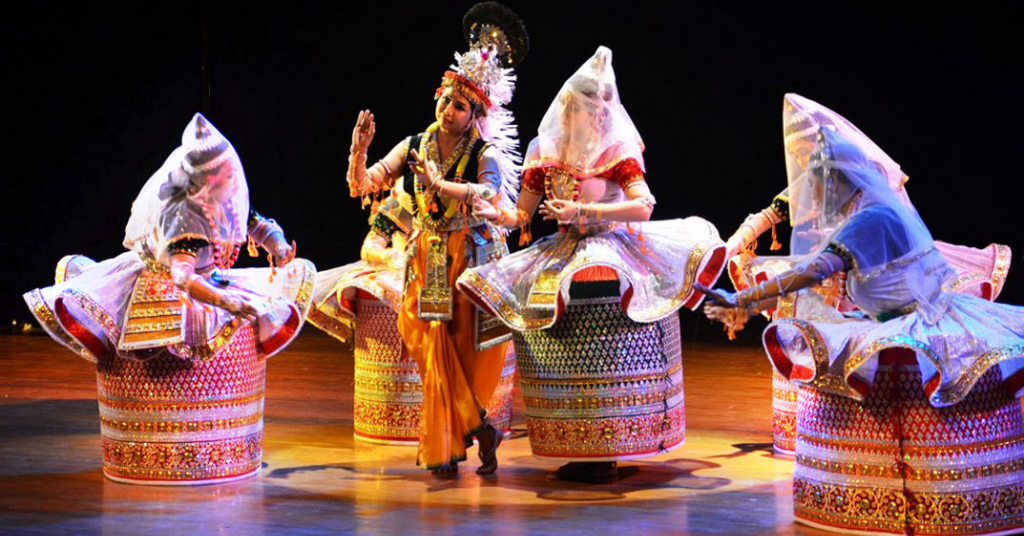
State of Origin- Manipur, North-East India
Key Feature- When compared to other classical dance forms of India, the Manipuri performers do not wear ankle bells and the footwork is extremely gentle in this style.
Just as the name suggests, this dance form is named after its state of origin, that is Manipur. It is also known as ‘Jogai’. This dance form showcases the true essence of love between Radha-Krishna through Raaslila. It is a combination of 2 different cultures that is Indian and South-East Asian. This dance form is categorized as Tandav and Lasya. A curvy body structure with a pleasant smile, colorful and decorative costumes, and ornaments. Hence, Manipuri is a mesmerizing dance form. Unlike in other classical dance forms, Ghunghroos are not worn in this dance form. You will come across 3 different types of Manipuri Raaslila. The 3 common types have been mentioned.
i) Tal Rasak- is accompanied by clapping.
ii) Danda Rasak- it is supported by synchronized beats of 2 sticks where dancers create vivid geometric patterns
iii) Mandal Rasak- the gopis make a circle while Krishna sits in the center of the circle.
5. Kuchipudi
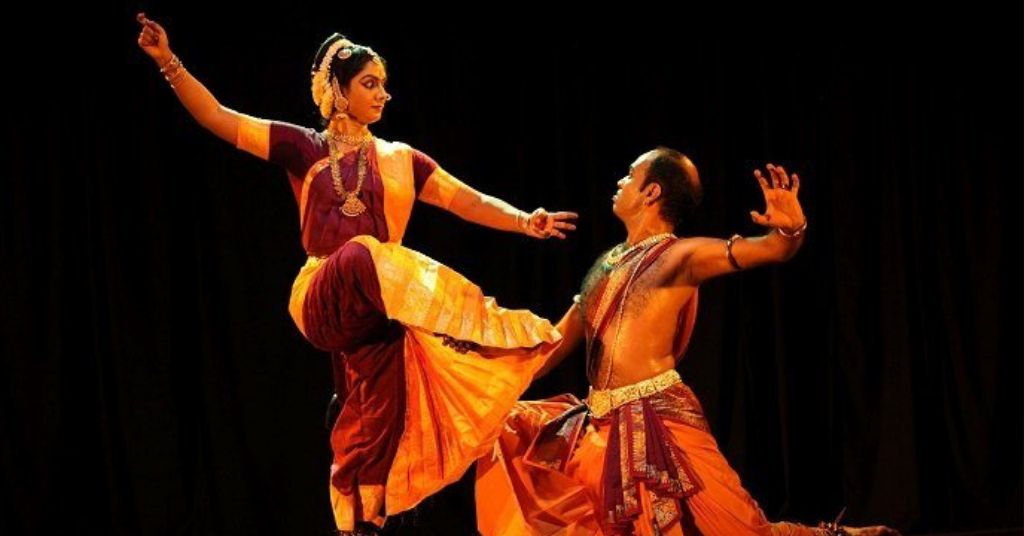
State of Origin- Andhra Pradesh, South India
Key Feature- Another classical hit from Southern India, the Kuchipudi dance form is known for its synchronous footwork, exceptional eye movements, and breath-taking narrative. It is an ideal blend of Lasya and Tandava.
The Kuchipudi first originated in a palace named ‘Kuchipudi’ in the Krishna district of Andhra Pradesh, around the 3rd century BCE. The Kuchipudi dance form developed as a solo dance performance. The themes in this dance form are related to Vaishnavism, Lord Krishna, Rukmini, Satyabhama, and other mythological folklores. Kuchipudi also holds certain important special features of both Bharatnatyam and Odissi dance too. Some of the popular dancers are-
i) Raja-Radha Reddy.
ii) Yamini Reddy.
iii) Uma Rama Rao.
This dance form includes both singing and dancing by the performer and this is why it requires both the skills and much more hard work and dedication than any other dance form in India.
6. Odissi
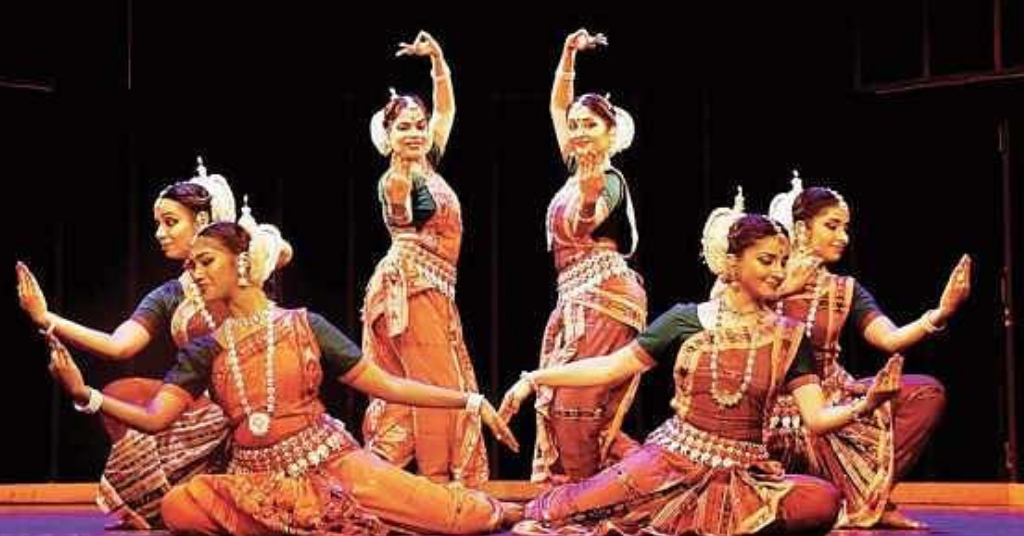
State of Origin- Odisha, Eastern India
Key Feature- The classic feature of this dance form lies in its deflection of the hip, poses with 3 body bends, and the arching design of the hand movements.
A long-established dance form, the Odissi dance form is performed in the holy and serene surroundings of Shri Jagannath Temple in Odhisa. Thus, you will also come across various sculptures in different Odissi dance postures within the premises of the temple. This dance form reflects a combination of Lasya and Tandav. It is also popular for its presentations on poet Jayadev’s fabulous work. The 2 traditional styles of Odissi dance form are-
i) Maharis (performed by Devadasis or temple girls)
ii) Gotipua ( performed by a group of boys)
Hence, Odissi dance is mostly performed by women dancers, and it includes more than 50 fascinating mudras.
7. Mohiniyattam
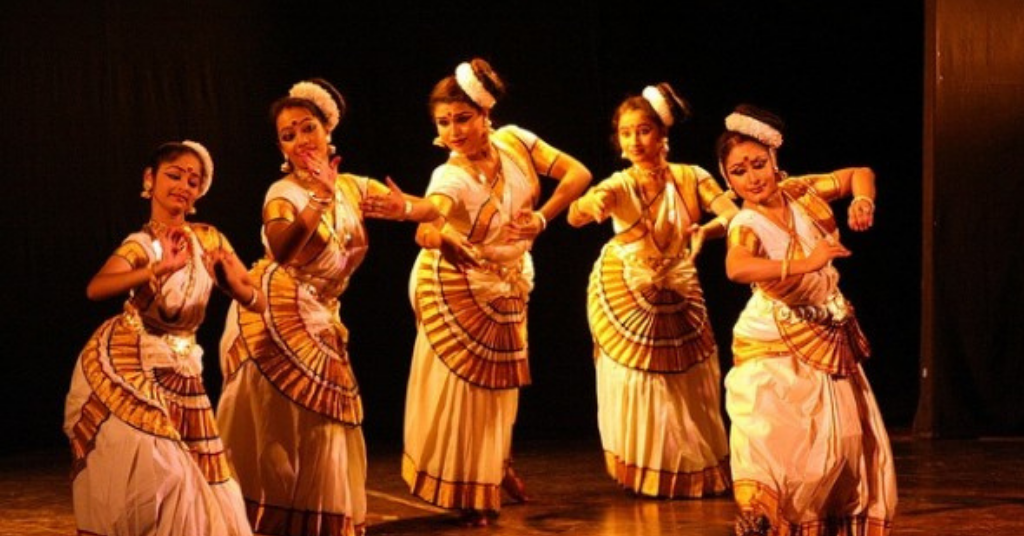
State of Origin- Kerala, South India
Key Feature- This dance form is characterized by swinging and beautiful body movements, with no sudden jerks or breaks.
Another fascinating dance form that you cannot miss is Mohiniyattam. It is a popular dance form from Kerala. Mohiniyattam is Lasya an inspired dance form with soft, calm, and gentle movements. It is further characterized as a feminine dance form since it’s mostly performed by women. The word ‘Mohini’ refers to the charming women avatar of Lord Vishnu- to end the evil powers. Apart from this, Mohiniyattam also resonates, beautiful dancing women. One thing that makes this dance form even more pretty is the costume.
i) Mohiniyattam has a unique white/off-white color costume.
ii) The distinct one-sided bun is called ‘Kuduma’.
iii) Beautiful ornaments lift up the overall look of this dance form.
8. Sattriya
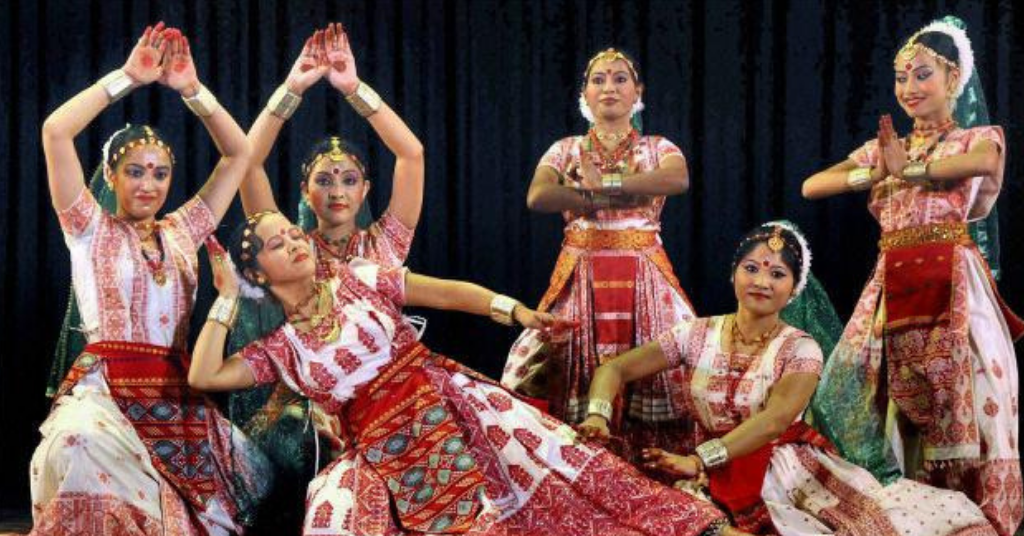
State of Origin- Assam, North-East India
Key Feature- Sattriya originated in a Sattra, monastery, as a part of the neo-Vaishnavite movement started by Srimanta Sankardev in Assam, in the 15th Century.
Sattriya is another important Indian classical dance style, of Assam. Sattriya got recognition in 2000 as a classical dance by Sangeet Natak Akademi. This dance form is further characterized by Vaishnavism. Since the 15th century, Sattriya emerged as a part of the Vaishnav Bhakti Movement in Hindu Monasteries called ‘Sattra’. The themes and styles used in the Sattriya dance form are-
i) Radha-Krishna and other popular mythological characters.
ii) Popular mythological dramas that are written by Sankardev.
Today, even women can perform the Sattriya dance on the stage.
Related Article: 7 Online Crash Courses That Can Boost Skills Of Your kid
Final Words
These are the top 8 Indian classical dance styles that are not only popular in India but also across the world. Furthermore, classical dance is one of the most popular and finest dance forms. It helps in forming a beautiful connection between emotions- mind, and body which is also very important for a healthy lifestyle. It is a scientifically proven fact that the classical dance style helps in increasing focus because of the significant amount of concentration that is needed for remembering the unique postures. Classical dances are an important part of the rich Indian culture where each posture has a special significance.
At PiggyRide, we offer an extensive range of different Indian classical dance styles. The best part about starting your learning journey with us is that your kids can take part in live dance classes and learn together with experienced tutors. Let your kids immerse themselves in a collaborative learning experience.


Leave a Reply